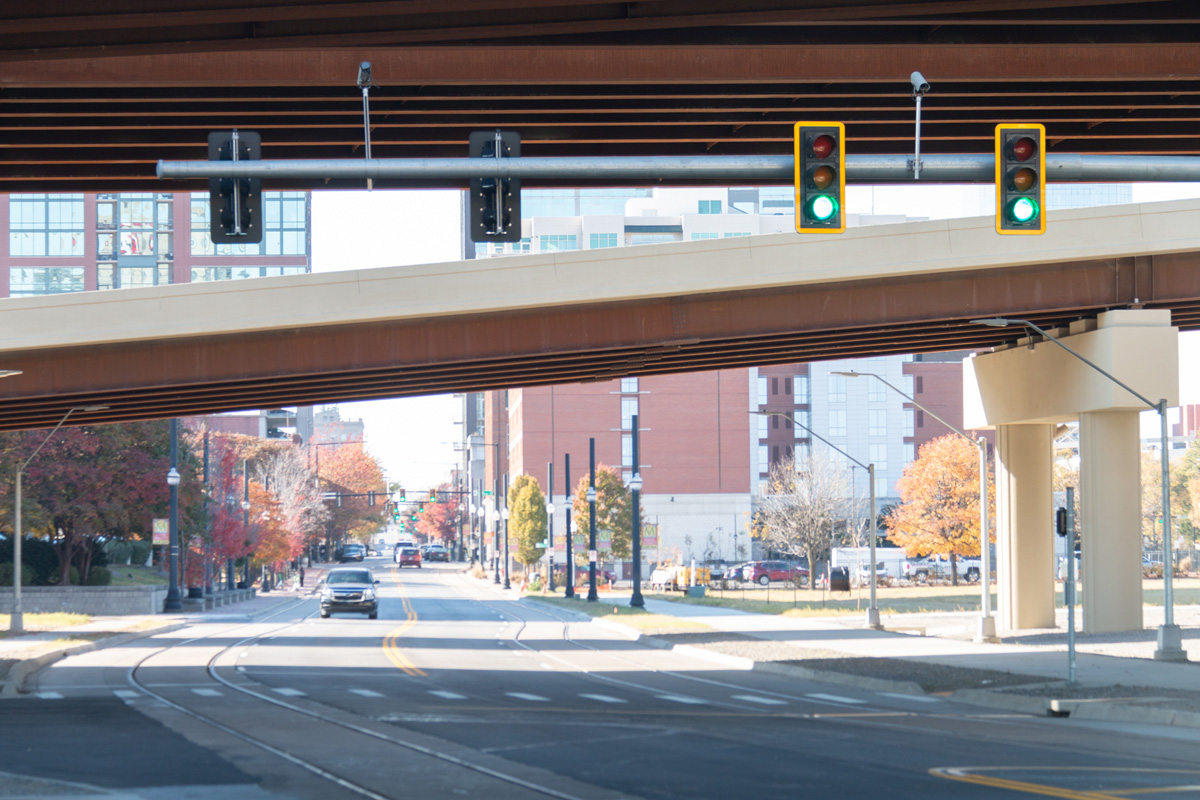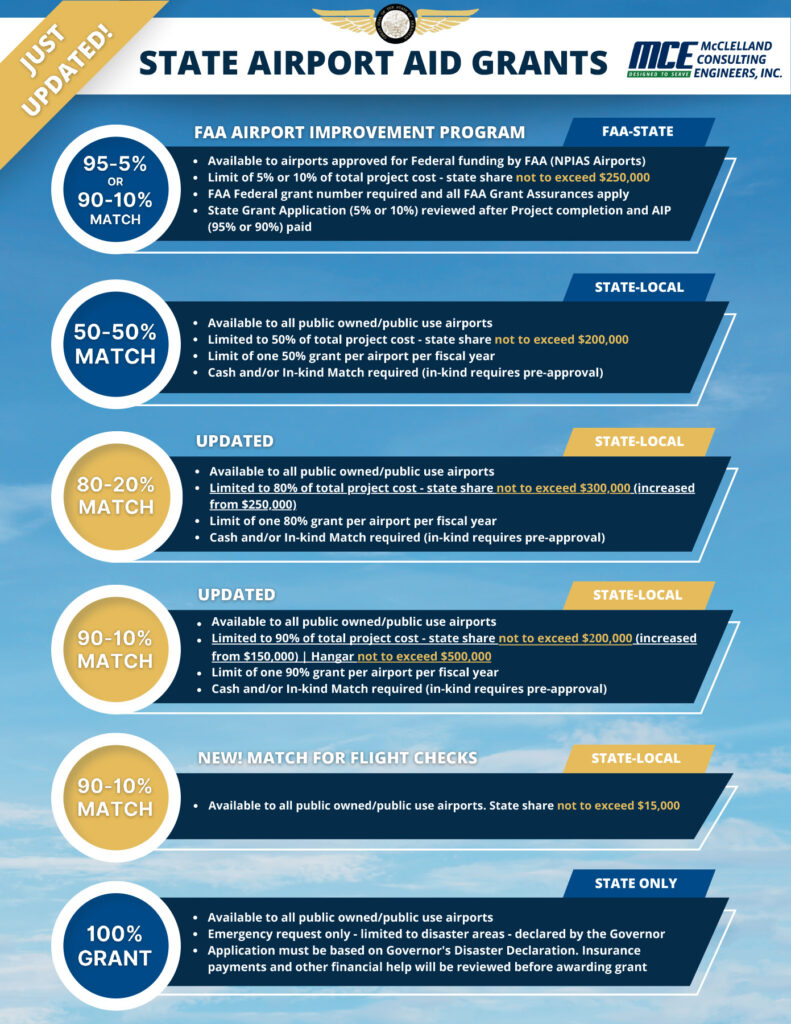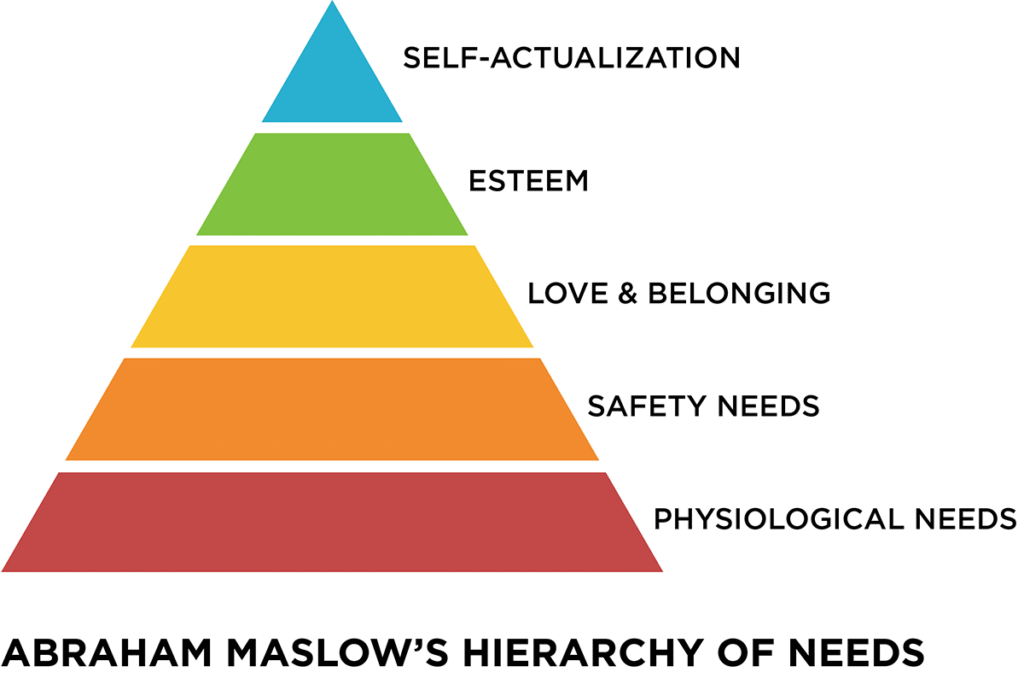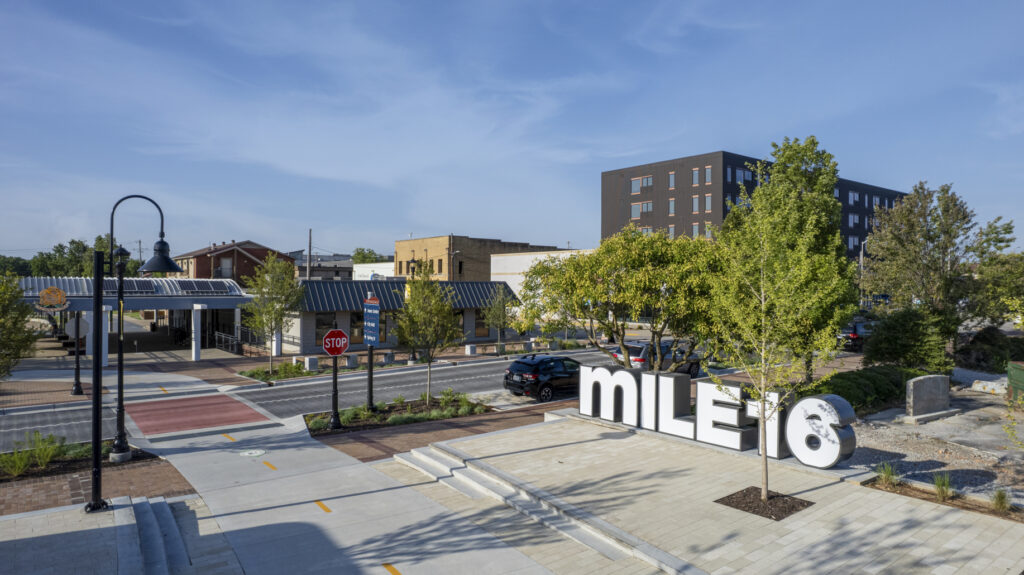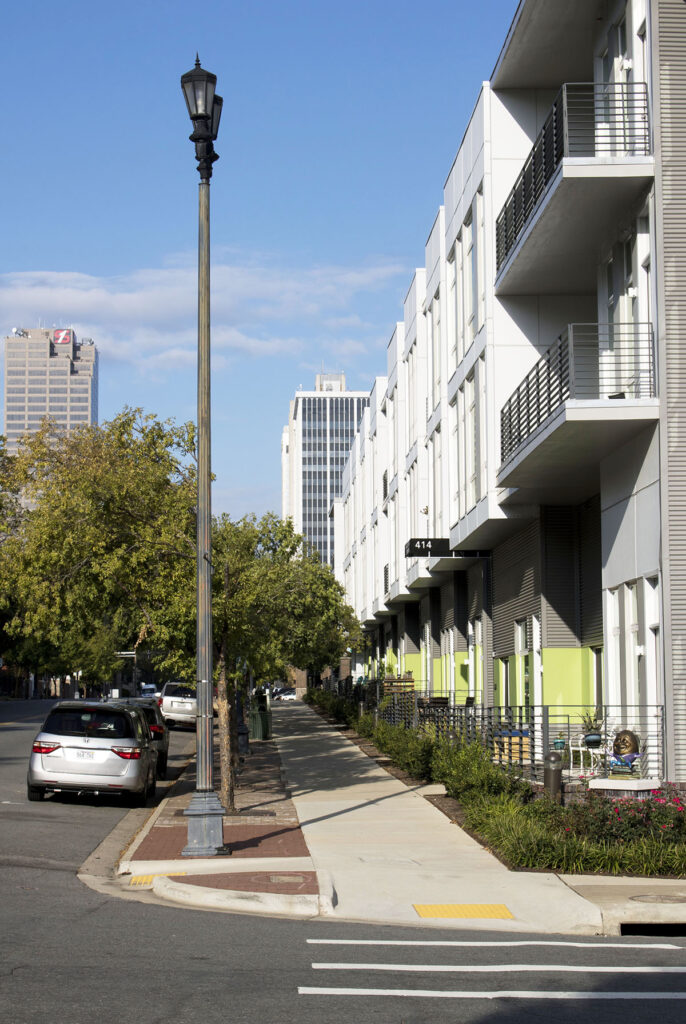Paragould
Dozens of city officials and employees, state legislators and citizens gathered in Paragould October 4 to cut the ribbon and tour their new city hall. The city had long outgrown its ca. 1953, 12,000-square-foot space, which also had mold and structural issues. The city’s new home is a project many years in the making, Mayor Josh Agee said. “About a year ago we had our groundbreaking and we were talking about our hopes for this building, and all those hopes have come to fruition. It’s more than we could have ever asked for.”
The new 20,000-square-foot building features architecture that mixes the classic and the modern, and room to grow is built in. Funded by COVID relief funds, the new $7 million dollar city hall was built with no debt to the city.
Crossett
Built in 1959 and now on the National Register of Historic Places, the Crossett Youth Center was a cultural hub for the Black community in the Ashley County city in south Arkansas timber country. After years of neglect, however, the property was on the verge of ruin. After years of searching for a funding solution, the city celebrated the center’s grand reopening on November 9, and it will now be able to serve all of the city’s youth for years to come.
After initially being turned down for a grant, the city secured funding from the Arkansas Department of Environmental Quality for an environmental site assessment and was then able to leverage an insurance payout for the center’s collapsed roof to secure two rounds of funding through the Arkansas Economic Development Commission to complete the $500,000 project.
North Little Rock
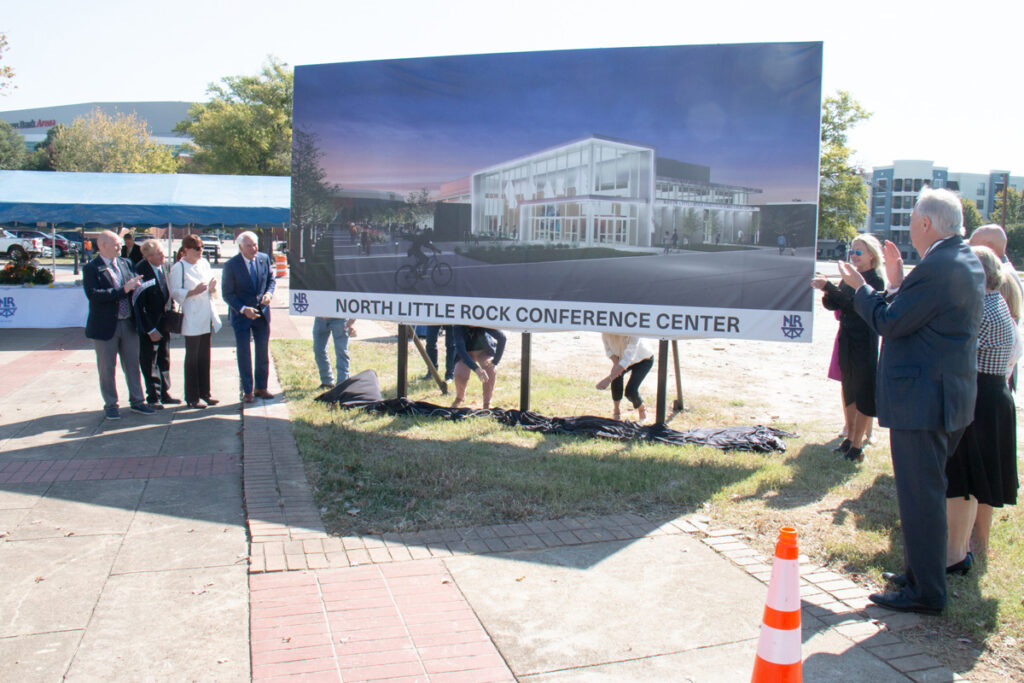
If you’ve visited downtown North Little Rock lately, you may have noticed the empty lot in Argenta where the old city services building once stood. That lot will be the future home of a new conference center, and city leaders held an unveiling on the site on October 8. The 31,000-square-foot conference center will feature a ballroom, pre-function area and a prep kitchen. It will be able to accommodate 1,000 for meals and 1,500 for events and shows. With a projected cost of $12 million, the city expects it to be completed in early 2026.
Little Rock
State and local leaders gathered in downtown Little Rock on December 3 to cut the ribbon on 30 Crossing, the years-long project to expand the Interstate 30 corridor through the capital city and across the Arkansas River into North Little Rock. 30 Crossing includes 4.7 reconstructed miles of I-30 and I-40 in Little Rock and North Little Rock and is the backbone of the interstate network in central Arkansas. According to ARDOT, when construction began on the project in 2020, this stretch of interstate carried about 120,000 vehicles per day; it is forecasted to carry around 145,000 vehicles per day by 2045.
For Little Rock Mayor Frank Scott, Jr. (above right) who previously served on the Arkansas Highway Commission, it was essential that the 30 Crossing project avoid the mistakes of the past. He cited the construction in the 1960s of I-630, which split the city and destroyed communities. “I vowed to myself—and I shared the same spirit with my other fellow commissioners—that if we were going to take charge and move forward with this, that we had to make certain that we moved from being disconnected to connected, and make certain that 30 Crossing truly connected communities and did not divide them, and this has been done.”

